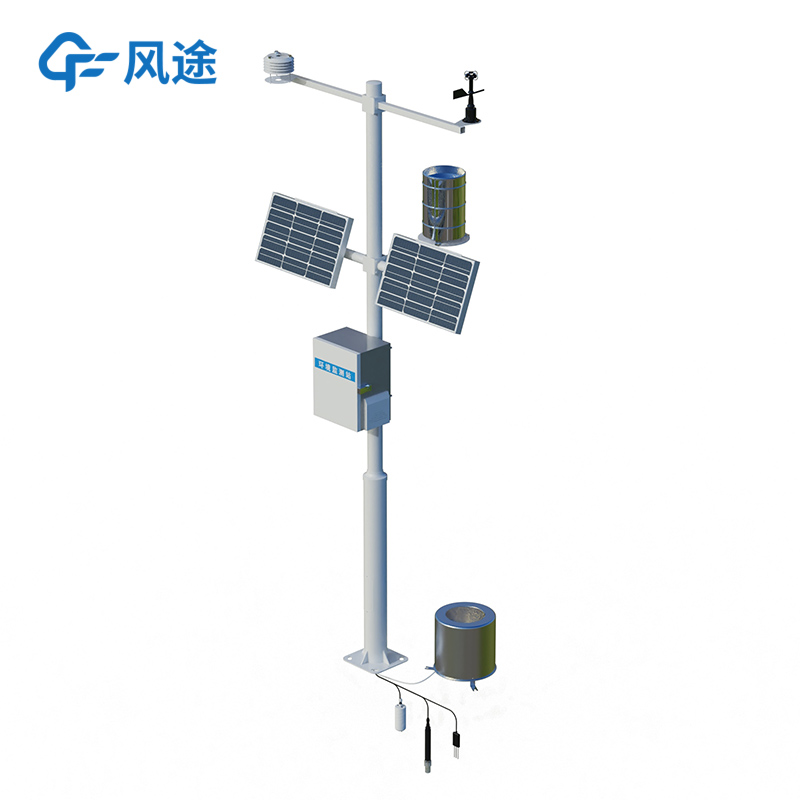Meteorological conditions play a crucial role in crop growth. From seed germination to flowering and fruiting, every stage relies on a suitable climatic environment. The Agricultural Environment Monitoring System enables us to better grasp the farmland microclimate and achieve precision agriculture. It can monitor more than 10 meteorological parameters in real time, ensuring the healthy growth of crops.
The Agricultural Environment Monitoring System consists of high-precision sensors, a data collector, communication modules, and a data processing platform. Sensors collect various meteorological data: temperature sensors accurately measure air and soil temperatures; humidity sensors obtain air and soil moisture information; light sensors determine light intensity; wind speed and direction sensors monitor wind parameters in real time; rainfall sensors record precipitation; and barometric pressure sensors comprehensively detect microclimate changes.
The data collector aggregates, organizes, and preliminarily processes data from sensors to ensure accuracy and completeness. The communication module transmits processed data to the platform via wireless (4G/5G) or wired (RS485) interfaces. The data processing platform uses professional algorithms and software to deeply analyze and visualize massive meteorological data, generating intuitive charts and reports for easy interpretation by agricultural practitioners.
Through these devices, growers can obtain real-time data on over 10 meteorological parameters, including air temperature/humidity, light intensity, wind speed/direction, rainfall, atmospheric pressure, soil temperature, and soil moisture. Such rich and precise data provides comprehensive meteorological support for agricultural production. For example:
Adjust thermal insulation or cooling measures based on real-time temperature (e.g., covering crops in cold weather or shading in heat).
Plan irrigation timing and volume according to humidity data to avoid waterlogging or drought.
Optimize planting layouts and densities using light intensity data to enhance photosynthetic efficiency.
Prepare for wind damage in advance by monitoring wind speed and direction.
Precisely control irrigation based on rainfall and soil moisture to prevent water waste and nutrient loss.
The Agricultural Environment Monitoring System is widely applied in field planting, greenhouses, orchards, tea gardens, and other agricultural scenarios. It helps growers respond promptly to meteorological changes, adjust farming operations rationally, and reduce losses from weather-related disasters.

Article address:https://www.sqqx.net/en/news/684.html

 +86 15898932201
+86 15898932201



